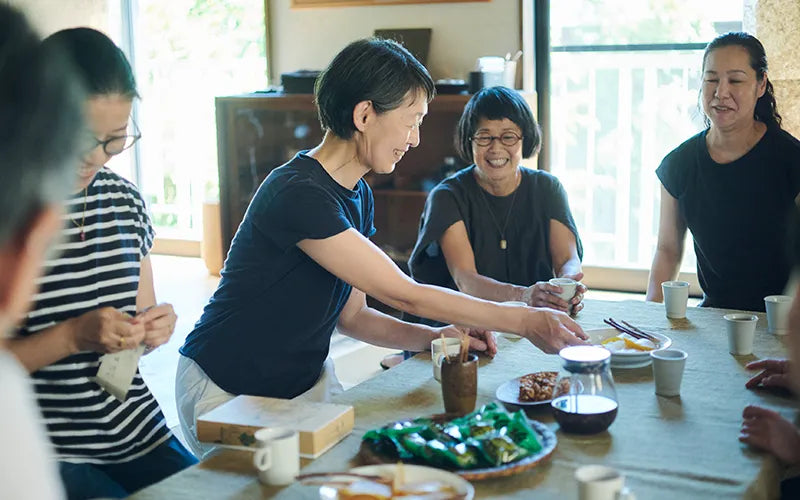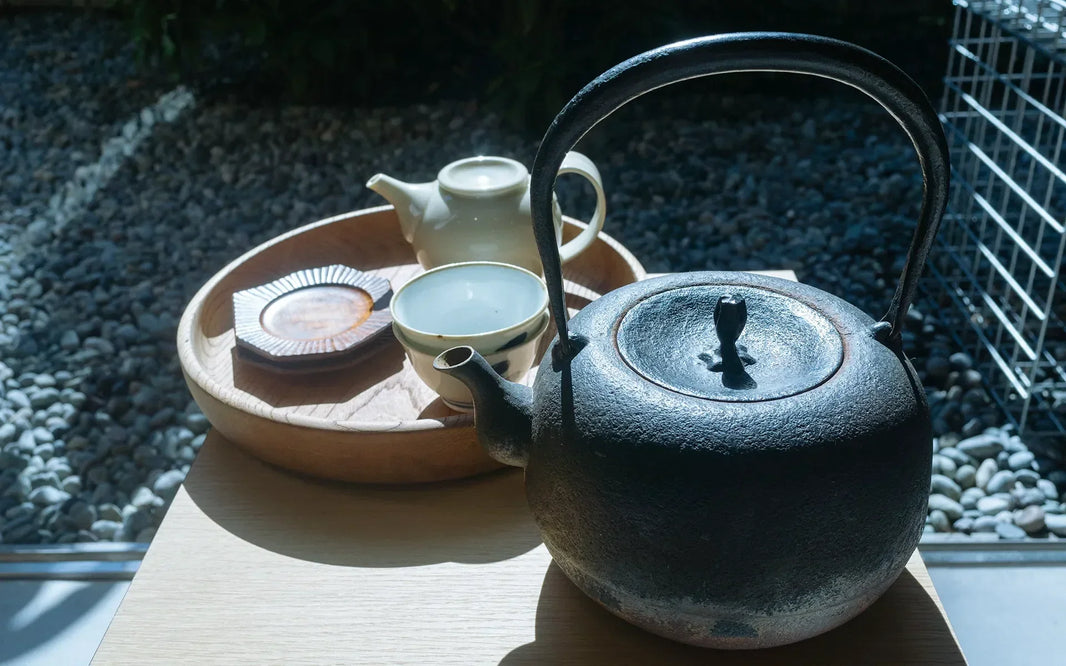Craftsmanship We Want to Preserve for the Next 100 Years
Our answer to why Nakagawa creates products is simple: to ensure Japanese Kogei endures in Japan 100 years from now, regardless of how times change. Working alongside artisans nationwide, we witness countless regional Kogei and techniques on the verge of disappearing. Driven by our team's collective desire to preserve these precious Kogei, Nakagawa upholds the vision of "Revitalizing Japanese Kogei!" through our continued commitment to creation. This is the story of "What makes Nakagawa's craftsmanship unique?"
Preserving Through Creation and Communication
Take our long-selling Hana Fukin cloth, for example.

It uses fabric from Nara's once-thriving mosquito net (kaya) industry. As demand declined with changing times, we sought to repurpose this endangered craft for modern living.
The loose weave, originally designed for ventilation while keeping insects out, proved perfect for dish cloths—highly absorbent, quick-drying, and softening with use. Made four times larger than standard cloths, today's Hana Fukin effectively absorbs water when folded and dries quickly when spread out.

Our preservation efforts extend beyond Nara.
Consider our 2019 toothbrush holder, based on ceramic weights originally made for trawl fishing nets in Tajimi, Gifu.

While demand for these weights decreased with declining fishing populations, their durability—proven by marine use—made them ideal toothbrush holders, providing stable, water-resistant functionality.

Countless regional crafts can be adapted for modern living. Rather than letting them disappear as "inevitable casualties" of changing times, we preserve them by creating and communicating their value in contemporary contexts. This drives our craftsmanship.
Preserving with Over 800 Artisans Nationwide
While Nakagawa operates over 50 direct stores nationwide for "communicating" our products, we own no factories.
Our creation relies on partnerships with over 800 artisans across Japan, collaborating on new products.

These artisans work with diverse materials and techniques—textiles, ceramics, metals—many possessing rare, little-known skills. We prioritize two principles in development:
First, honoring each region's materials, techniques, and customs. We learn from local craftspeople's expertise, exchanging ideas to create something new.
Our "Regional Ceramics" series exemplifies this—maintaining consistent, practical sizes and shapes while adhering to each region's traditional materials and techniques.


Second, updating designs for modern living.
Preserving Through Use
Products only endure when used. We focus on conveying essential appeal while ensuring practical functionality in modern life.
Our toothbrush holder features precisely sized holes and contemporary colors suitable for home use.


The "Regional Ceramics" series offers versatile designs for all meals and cuisines, with practical features like water-resistant bases.

Our "Optimal Kitchen Knife," developed with Seki's renowned bladesmiths, exemplifies modern adaptation.

Sized smaller than standard all-purpose knives for quick handling in busy households, its blade length suits cutting half rather than whole cabbages—reflecting smaller family sizes.

We chose premium stainless steel and thin-blade finishing for lasting sharpness with minimal maintenance.

While challenging, this approach of updating traditional crafts for modern life while preserving their essence creates products that people will appreciate now and 100 years hence.
We continue bridging artisans and users, creating and communicating value that preserves craftsmanship through daily use.
Though indirect, this path maintains our commitment to ensuring Japanese craftsmanship endures for the next century.







